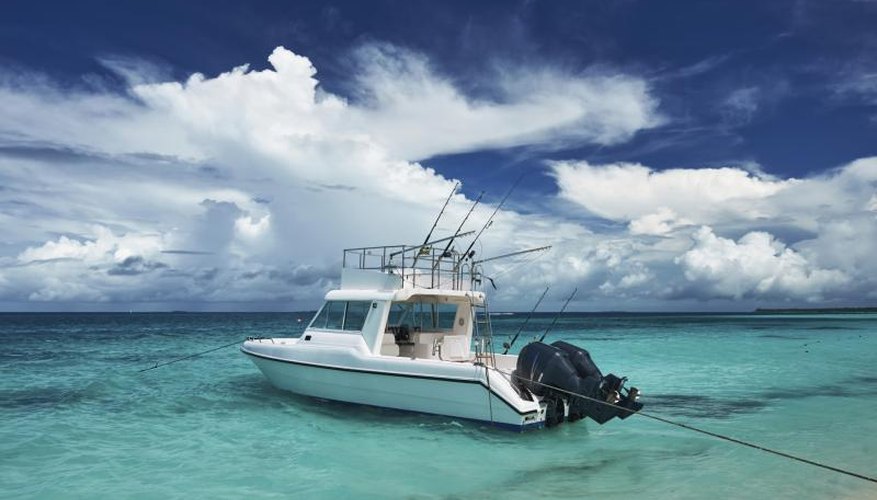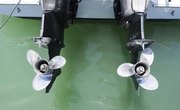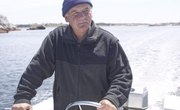
Every boater's encountered it: crowded parking at the fuel dock or some other popular facility. You glance at that space along the pier and wish you had Z-drive or azimuth thrusters, or at least a bow thruster, to help shove you sideways into that slot that's just long enough for your boat. Guess what -- you don't need thrusters. You just need to learn to walk.
The Process
Turn your steering wheel hard over, away from your destination. Place both engines in gear; the engine closer to your destination in reverse, the other in forward. If the fuel dock is off your starboard side and you want to walk to starboard, turn the steering wheel to port. Put your starboard engine in reverse and your port engine in forward. Give both enough power to get things moving. The stern will probably lead the rest of the boat toward the pier; ease your wheel slightly, until the boat begins to straighten out. Once it’s parallel to the pier, turn your wheel hard away from the pier once more. Do not allow the bow to lead your boat’s walk.
Inboard Walks, Outboard Twists
If your propellers turn inboard – toward the centerline of your vessel -- with both engines in forward gear, when you move one into reverse, they will both turn in the direction of the propeller that is in reverse and drag the boat in that direction. Boats equipped with outboard motors or inboard-outboard engines that have propellers that turn outboard, away from the boat’s centerline in forward gear, tend to twist, rather than walk.
One-Engine Walking
If you have outboard-turning propellers, you can still walk, but you don’t use both engines to do so. When you make a landing, back into your dock space at an angle between 30 and 40 degrees and put down a stern line. Once you secure the stern line, turn the steering wheel away from the pier and put the engine farthest from the pier in forward. The same physics that cause a boat with outboard-turning propellers to walk will come into play and your boat will move gently into its dock space.
The Physics of It
Propeller walk, the tendency of a single-engine boat to shear sideways in the direction in which its propeller turns, is well-known to boaters. Walking moves a boat sideways by using the natural tendency of propellers to displace their center of thrust, relative to the direction in which they turn, a phenomenon known as asymmetric disc effect. Most multi-engine boats are equipped with counter-rotating propellers to counteract this effect. With counter-rotating propellers, one propeller turns clockwise and the other counterclockwise when both engines are in forward gear. If, however, one engine is in forward gear and one in reverse, both propellers turn in the same direction. The interaction of the propellers and the water – the asymmetric disc effect – pushes the propellers’ hub, shaft and, effectively, the entire boat, in the direction the propellers turn.
References
Writer Bio
Will Charpentier is a writer who specializes in boating and maritime subjects. A retired ship captain, Charpentier holds a doctorate in applied ocean science and engineering. He is also a certified marine technician and the author of a popular text on writing local history.



